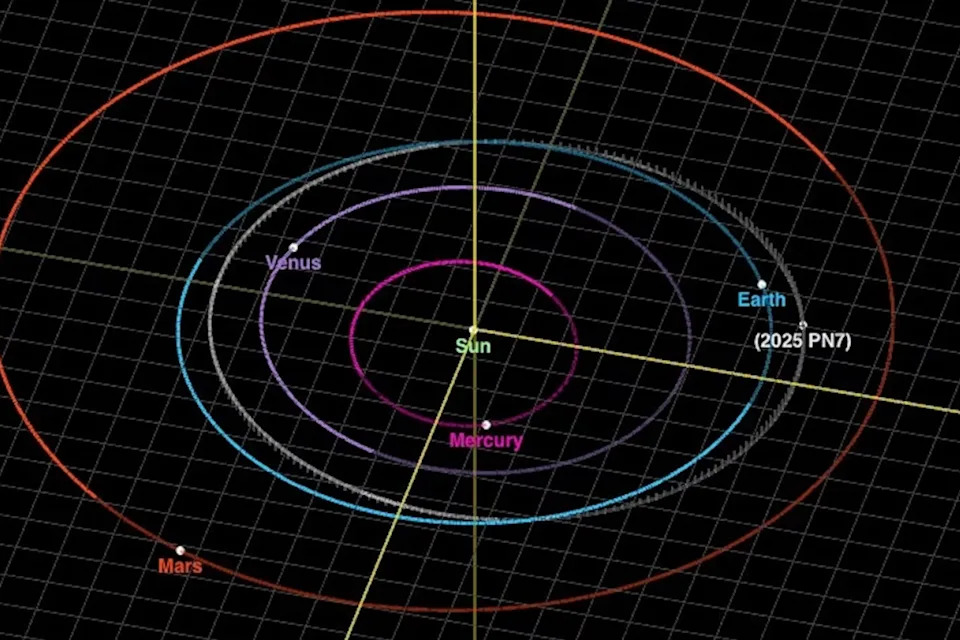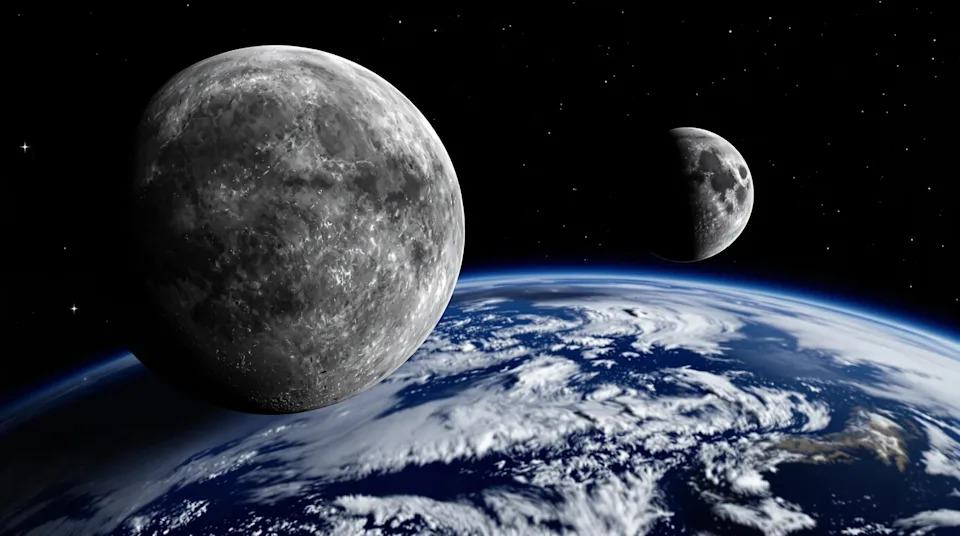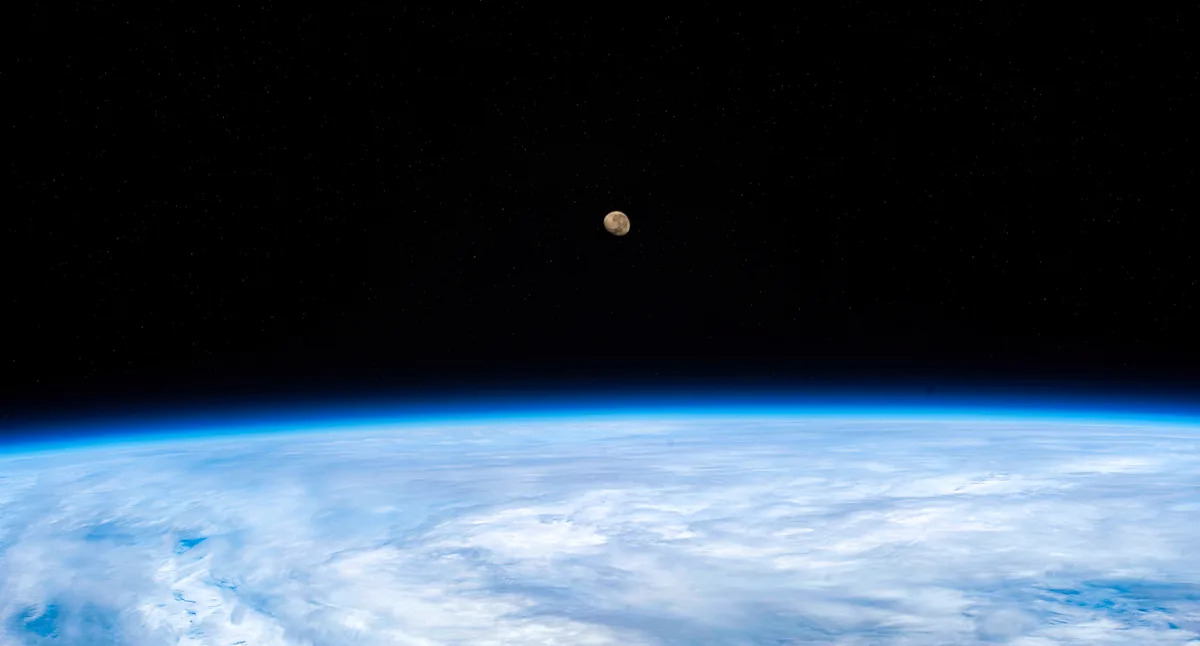Reports of a second “moon” orbiting the Earth until 2083 have sparked a flurry of excitement this week. But Australian astronomers have revealed the situation is not all that it seems.
The newly discovered 2025 PN7 is irregular in shape and only around 20 metres wide, and technically a “quasi-moon” or “quasi-satellite” because, unlike our Moon, it doesn’t orbit the Earth.
Despite this, Monash University astronomer Michael Brown told Yahoo News it’s always “amazing” when discoveries like this one “just turn up on your doorstep” and shed new light on the vast mysteries of space.
Excitingly, he predicts we may even see many more of these quasi-satellites in the future.

Like Earth, 2025 PN7 is orbiting the Sun. Source: NASA
Can we see the 2025 PN7 from Earth?
2025 PN7 is much too small to see with the naked eye from Earth, and the detection was made using the Pan-STARRS 1 telescope at Haleakala Observatory in Hawaii. Historical images confirm the rock has been in orbit since at least 2014, but analysis indicates it may have been in this state for 60 years.
Unlike the Moon, which orbits the Earth, 2025 PN7 is actually orbiting the Sun. Brown said this makes it “quite different” from “conventional ideas” about what a moon is.
“When we think of our Moon, it’s comparable in [diameter] to Australia. But with [2025 PN7] you could fit several of them onto a football field, so the scale is vastly different,” he told Yahoo News.
“This thing is a companion of the Earth, it has a very similar orbit. It at times approaches the Earth but also moves away,” he said.
Related: Meteorite discovery upends our understanding of life on Earth
At least six other ‘quasi-moons’ in orbit close to Earth
Quasi-satellites are relatively common, with around six others following a similar orbit close to Earth.
Monash University planetary geologist Dr Rachel Kirby explained AI pictures circulating online that show it similar in appearance to the Moon are “misleading”.
“They’re irregular-shaped like potatoes, because they are often just loosely held bodies of rock. And because they’re so small, they don’t have enough gravity to make them round-shaped,” she told Yahoo.
Occasionally, objects will be drawn into the orbit of the Earth and become mini-moons. But the gravitational attraction is only strong enough for a few laps around our planet to occur.
“Anything that comes close enough will have its orbit deflected and start orbiting us for a bit. Because the Earth is so massive, we do have a gravitational pull on things that are flying through our neighbourhood of space,” Kirby said.

While some images circulating online show a second moon that’s round in shape, 2025 PN7 is actually irregular in shape and very small. Source: Flux 1.1 AI image generator / GEEKSPIN
Could 2025 PN7 become a planet?
Although it’s orbiting the Sun, 2025 PN7 will never become a planet, because it’s simply not large enough.
“This is why Pluto was demoted from being a planet,” Kirby said, noting it’s now considered a dwarf planet.
“It has to be large enough that it makes its own spherical shape — so it can’t be irregular shaped — and makes its own gravity. And it also has to clear its orbit of other material.”
While it was exciting for the public to dream about a second moon suddenly entering Earth’s orbit, Kirby said misconceptions in the media need to be corrected so that trust in science is maintained.
“It’s really important as a society that we have trust in the scientific system, for all sorts of larger problems,” she said.
Prediction that more ‘quasi-moons’ will be found
After decades working as an astronomer, Brown said he still gets “excited” about space and discoveries like 2025 PN7.
With technology continuing to improve and new telescopes coming online, he suspects more objects will be found close to Earth.
“In the next few years, it wouldn’t surprise me if we found half a dozen more of them, and they’ll be quite small,” he said.
“They’ll do a few orbits like a moon would, but often it’s not attracted enough gravitationally to the Earth for that orbit to be maintained for any period of time,” Kirby said.
Love Australia’s weird and wonderful environment? 🐊🦘😳 Get our new newsletter showcasing the week’s best stories.


